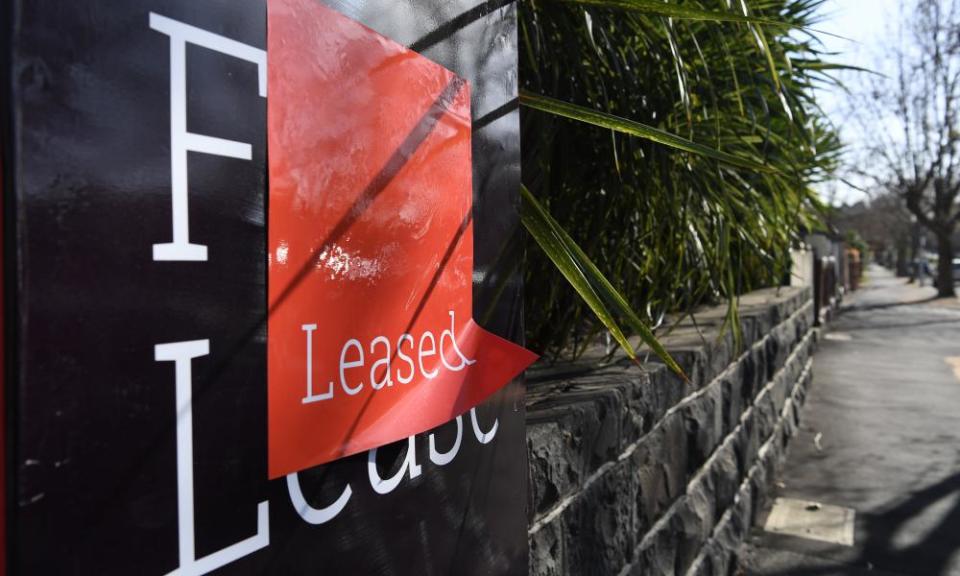Australia’s capital cities record largest ever annual rent increases as housing crisis worsens

Australian capital cities have once again recorded their strongest ever annual rent increases, amid a rapidly worsening housing crisis.
Rent has also exponentially increased across the country, with over 40% of suburbs recording rental increases of 10% or more in the past year.
While there were over 4,400 new listings added to the market in May, nudging total supply slightly higher, new rental listings still remain 11% below the previous five-year average and total listings remain 33.3% below the long-term average.
Related: A quarter of homes sold in eastern Australia in 2022 were bought without a mortgage, data reveals
All capital cities recorded vacancy rates of 1.5% or lower, with the exception of Hobart (2.7%) and Canberra (2.2%).
The gap between average house and unit rents has also continued to narrow, with new data from CoreLogic showing the gap is now $60 a week across the capitals and only $36 a week nationally.
Overall, house rents in capital cities increased 0.9% in May, while unit rent increased 1.4%.
Sign up for Guardian Australia’s free morning and afternoon email newsletters for your daily news roundup
Sydney is still the most expensive city to rent in, seeing a monthly increase of 1.2% to an average of $723 a week across the city.
Coming in second was Canberra, which saw a decline of 0.4%, with median rent $671, followed by Brisbane at $609, a 0.6% increase.
Melbourne saw the steepest jump in median rent – an increase of 1.4% in the past month to $543, which is still below the median rent in Perth ($594) and Darwin ($596).
The national average rent is now $583 a week, increasing 0.8% in the past month and 9.9% in the past year. The national average rent for a house is $594 and $558 for a unit.
The Sydney suburbs of Haymarket, Wolli Creek and Zetland saw the largest annual increase in rent across suburbs nationally, with rent increasing by 30% in the past year.
But CoreLogic economist Kaytlin Ezzy said there had been some slowdown, with the rate of national rent growth slightly below the marks reached in April and March.
She said annual trends had also dipped to below double digits for the first time in months, attributing it to a slowdown in regional markets, where rent increased only 0.3% in the past month.
“Regional rental growth has slowed dramatically from a year ago while capital city rents were up 1.0% in May.
“When you break that figure down further by property type, we can see the unit sector is under the greatest pressure, with rents increasing at a faster rate than houses due to their relative affordability,” she said.
Sydney recorded declines in 38 markets, mostly on the Central Coast, while Melbourne recorded declines in only four suburbs, and Brisbane only one.
Ezzy said while some suburbs had also recorded declines in the past year, the majority were located in regional areas or Canberra, where rental stock had increased enough to affect the market.
“In the past year we’ve seen rents increase in every capital and rest of state region except for Canberra where there’s been a –1.9% decline,” she said.
“Canberra was previously the country’s most expensive rental city until Sydney overtook it in December.
“The softening rental conditions in the ACT is likely due to there being more stock on the market. Canberra’s vacancy rate has increased from 0.7% in March 2022 to 2.2%, putting it second behind Hobart (2.7%).
“More stock means tenants have more choice and potentially more power when negotiating their rent,” she added.

 Yahoo News
Yahoo News 